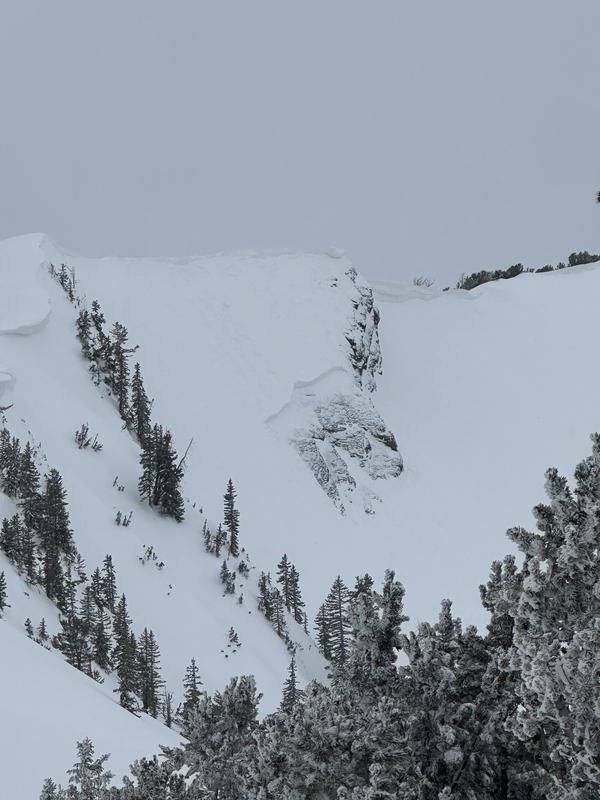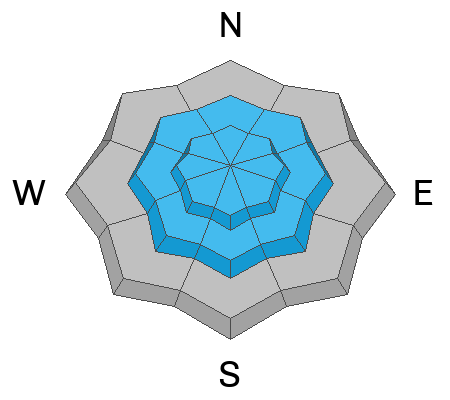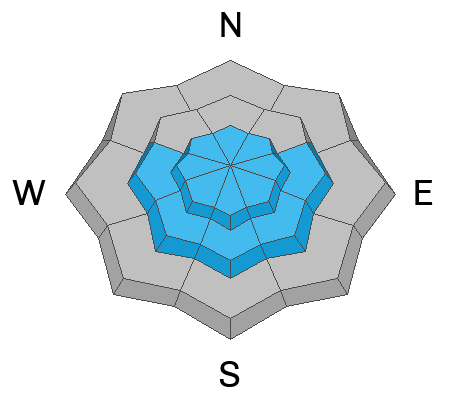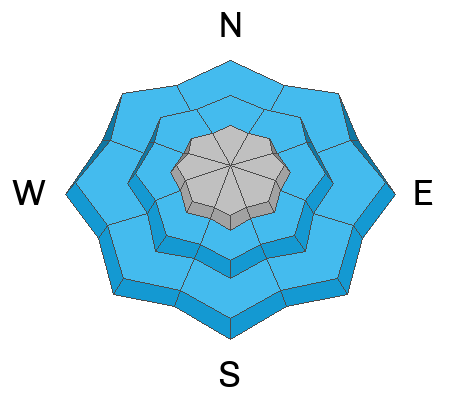Forecast for the Provo Area Mountains

Issued by Trent Meisenheimer on
Wednesday morning, February 21, 2024
Wednesday morning, February 21, 2024
Today the avalanche danger is CONSIDERABLE across all mid and upper-elevation steep slopes for both Wind-Drifted Snow and a Persistent Weak Layer avalanche problem. Avalanches can fail 1-3 feet deep and hundreds of feet wide. The avalanche danger is also CONSIDERABLE for Wet-Snow avalanches across the low and mid-elevations. Avoid being in or underneath ice climbs as well as avalanche paths. Avalanches can travel long distances.
Careful route-finding and conservative decision-making will be essential today.
Careful route-finding and conservative decision-making will be essential today.

Low
Moderate
Considerable
High
Extreme
Learn how to read the forecast here










